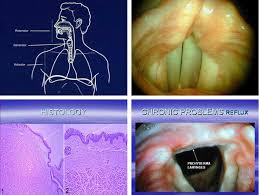Parotid Tumor and Early Signs – Essential to Know About By Consulting With ENT Specialist

It may cause swelling in the face or jaw that usually isn’t painful, Parotid tumor may result in varied symptoms like numbness, burning or prickling sensations in the face, or a loss of facial movement. If diagnosed, surgery is the only option to remove parotid tumor. Salivary gland tumors can develop at any age; while the parotid tumors develop in older adults. In addition, radiation that is used for treating neck and head cancers may increase your risk o parotid or salivary gland tumors. Tumor Is Cancer Beginning in One of Your Salivary Glands Salivary gland tumor or parotid tumor is cancer beginning in one of your salivary glands – not just a single disease. According to doctors, every man and woman has varied salivary glands near and inside the mouth. Many types of cancerous or benign tumors and cancer can develop in these salivary glands. These types of cancers aren’t common and make up less in comparison to one percent of cancer in the United States. Parotid Tumor Can Occur in I


